
Your Ultimate Fall Garden To-Do List to Prep for Winter
Master these gardening tasks in November and December for big payoffs into the new year
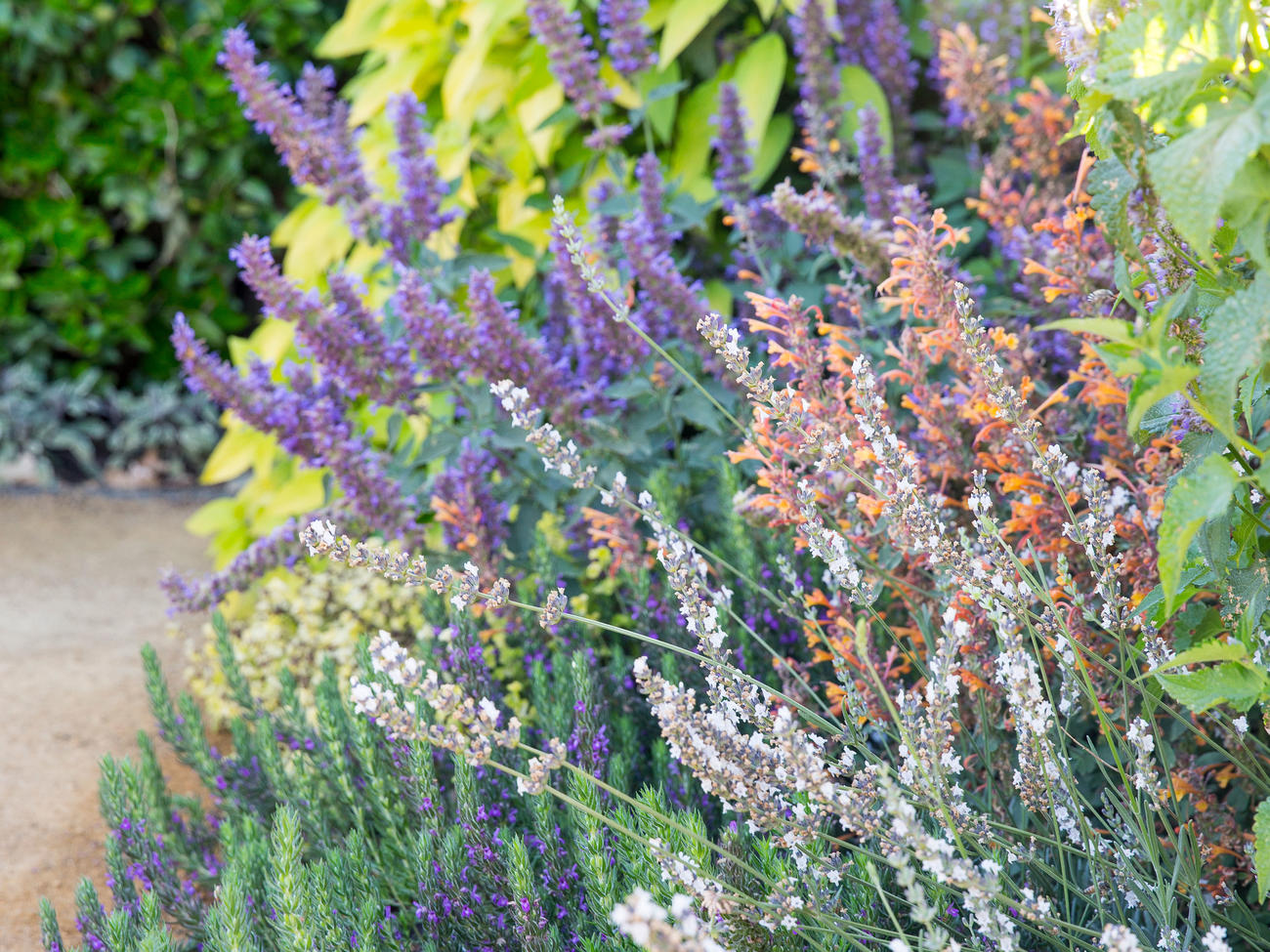
Thomas J. Story
Northwest
Plant
Shop for blueberry bushes, which provide brilliant fall color now and fruit next summer. Look for ‘Toro’ and ‘Olympia’.
Plant heaths (such as Erica) for pink, red, or white winter flowers, and heathers (such as Calluna) for red, gold, purple, or orange winter foliage.
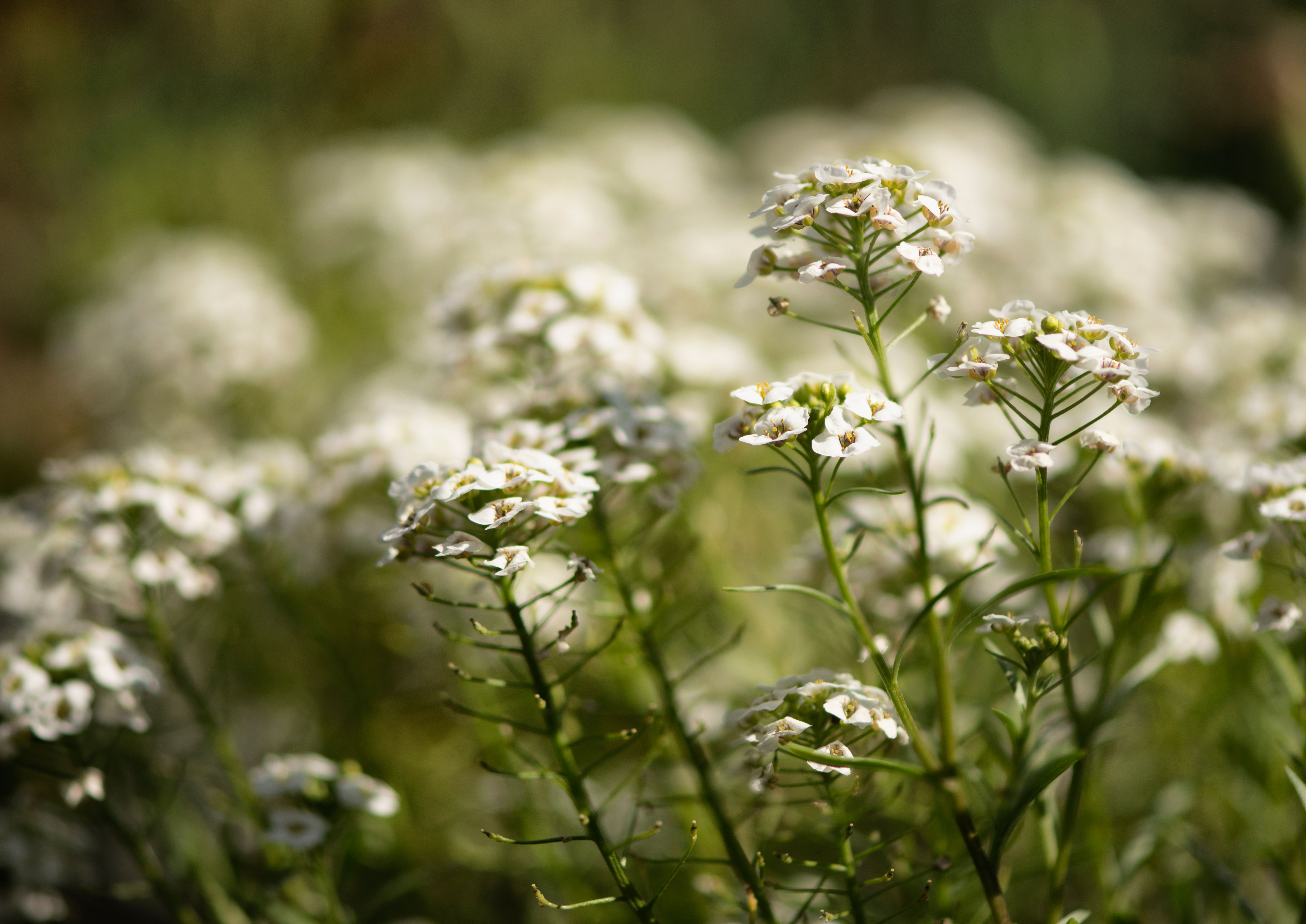
Maria Mosolova/Getty Images
Scatter wildflower seed in empty plots that have been weeded and amended.
Maintain
Wash garden tools, oil metal parts, sharpen or replace blades, and rub wooden handles with linseed oil. Store in a dry place.
Disconnect hoses, turn off water features, and drain irrigation systems to prevent frost damage.
To transform today’s lawn into spring’s shovel-ready garden bed, cover a section with cardboard or newspapers and layer with 8 to 10 inches of manure. In spring, till in the manure, and you’ll be ready to plant.
Protect
As you drain fountains and irrigation systems for winter, detach hoses from freezeproof hose bibbs. If left attached, water can freeze inside the hose, expand, and burst the water line.
Rocky Mountains

Julie Merrall / Getty Images
Plant
Plant bulbs until the ground freezes solid. Water the soil thoroughly and cover with 4 inches of shredded bark, fallen leaves, hay, or straw to protect against extreme temperatures and prevent premature foliage during winter warm spells.
Add Albuca spiralis ‘Frizzle Sizzle’ to your indoor bulb collection. Leaves form corkscrew tips, while its pale yellow blossoms exude a vanilla scent. Place bulbs near a sun-filled window and ensure they dry out completely between each drink.
Maintain
Save seeds from annuals like amaranth, cosmos, marigolds, sunflowers, and zinnias. Store in paper envelopes in a cool, dry place until spring.

Thomas J. Story
After watering, detach sprinklers and drain hoses and store them away in a shed or garage. Install frost caps over outdoor faucets to prevent frozen pipes.
Prevent freeze damage to large ceramic containers that are too heavy to bring indoors: remove potting soil, turn each pot upside down, and wrap in bubble wrap.
Fill bird feeders with fresh seed and suet. Clean and refill feeders frequently to prevent spoilage and spread of disease.
Harvest
Pick pumpkins and winter squash after the vines have shriveled but before hard frost. Leave 3 inches of stem and cure the fruits at room temperature for 10 to 14 days. Store in a dark, dry spot that stays around 50°.
Northern California
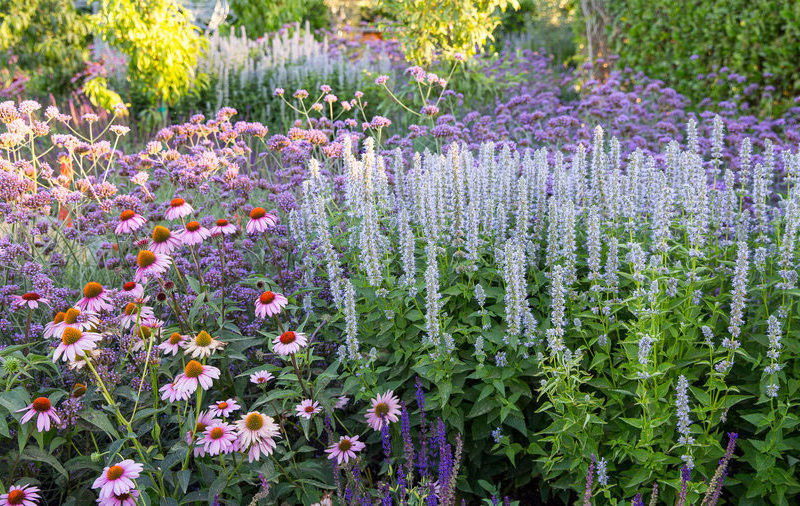
Thomas J. Story
Plant
Replace old, woody lavenders and salvias with fresh plants.
Place cool-season flower starts in the garden, including calendula, forget-me-not, Iceland and Shirley poppies, and violas.
Maintain
Clean up fallen fruit and leaves around trees and camellias to keep diseases and insects from overwintering.
Spray peach and nectarine trees with a copper-based fungicide to prevent and treat peach-leaf curl.
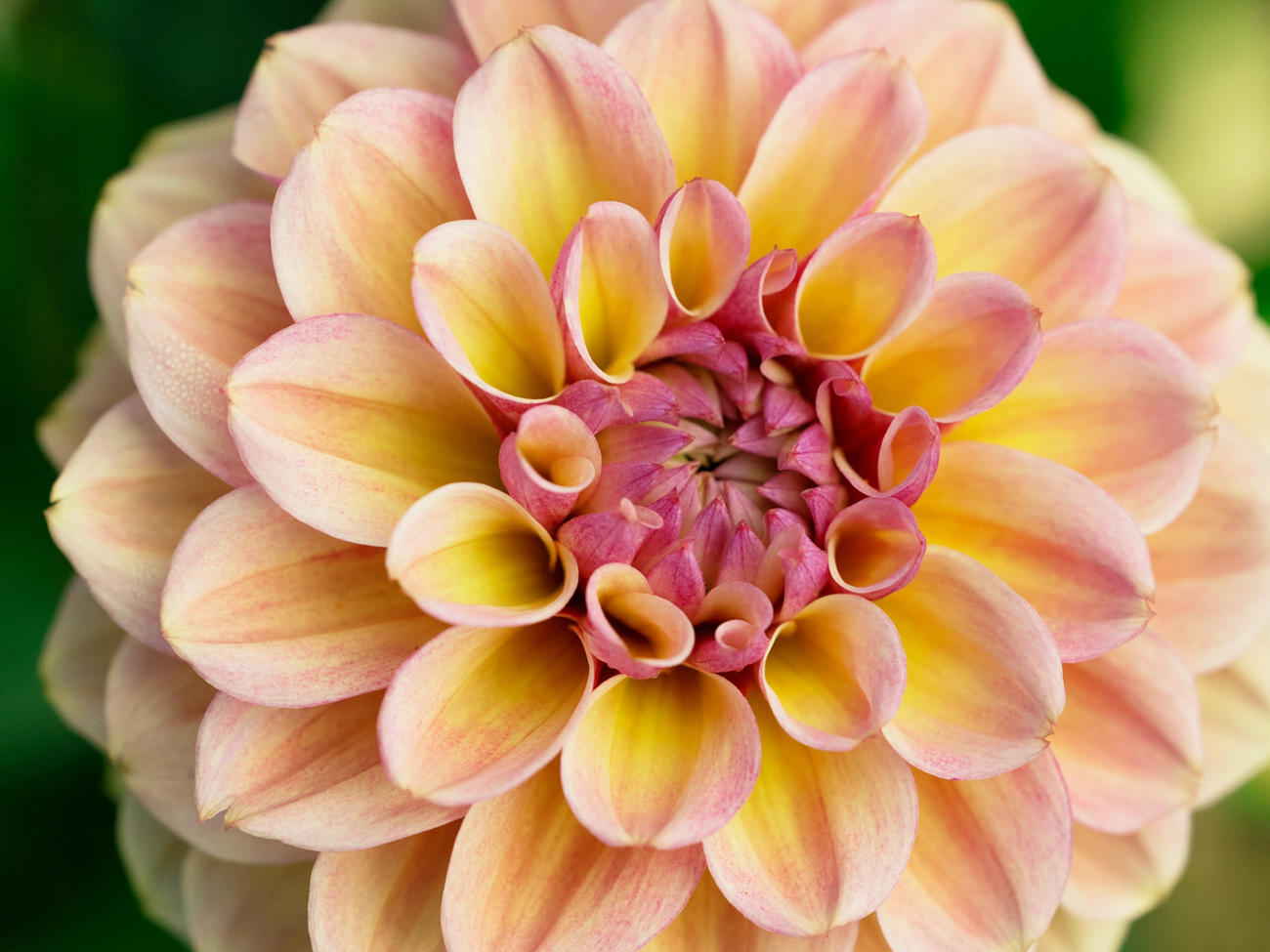
Thomas J. Story
Dig up dahlia tubers to prevent rot and freezing. Prune foliage to a 4-inch stalk, cut a 2-foot circle around each plant with a spade, and pry up each clump. Let dry for a few hours. Cover with sand and store in a cool, dark place.
Harvest
Resist gathering all of your citrus at once. Many varieties become sweeter the longer they’re left on the tree.
Pick persimmons when fully orange, keeping the green or brownish calyx on top. Allow to ripen indoors. ‘Hachiya’ ripen until very soft; ‘Fuyu’ can be eaten while firm.
Southern California
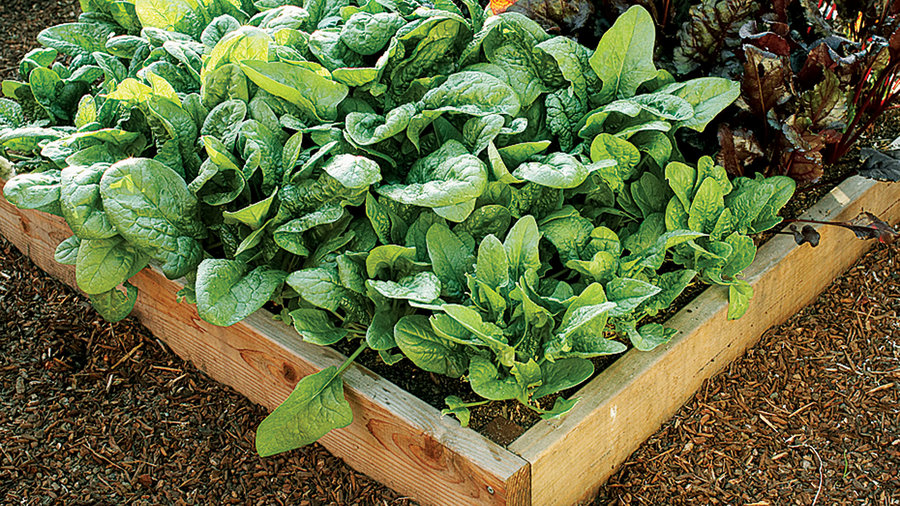
Plant
To encourage strong root systems, sow vegetables while the soil retains some warmth. Winter options include leafy greens, root vegetables, and alliums
Establish perennial herbs like chives, marjoram, oregano, rosemary, sage, and thyme now and harvest through winter.
Scatter wildflowers such as baby blue eyes, California poppy, and phacelia where you want them to naturalize.
Maintain
Deeply irrigate fall-planted trees and bushes to ensure good root formation prior to dormancy.
Spread manure and compost throughout the garden to enrich soil and jump-start spring plant growth.
Stop watering and feeding roses, and mulch them with manure and compost. Prune them lightly to remove the long, bloomed-out canes, but save hard pruning until January, when plants are fully dormant.
Southwest
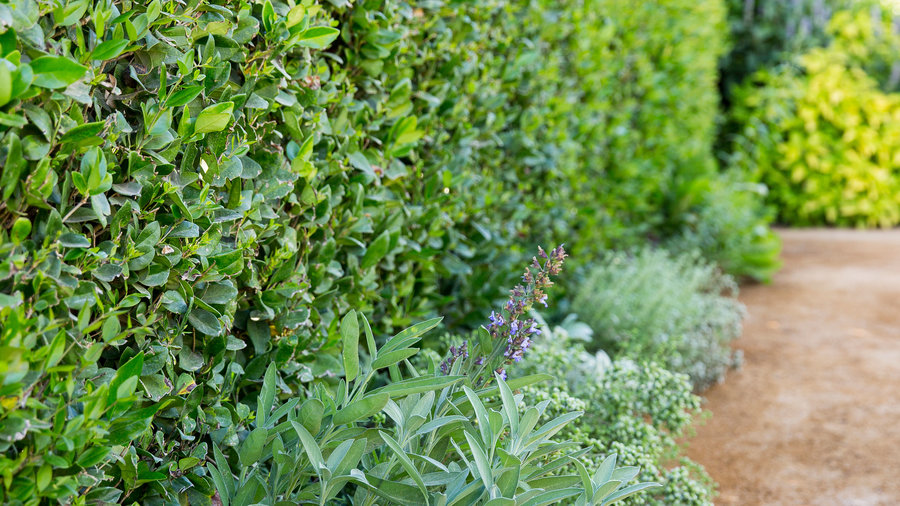
Plant
Throughout the Southwest, garlic is an easy and reliable crop to grow over winter. In low- and mid-elevation areas, plant cloves before the end of the month for a spring harvest.
Mediterranean herbs lend a lush look to desert gardens and add fresh flavor to winter soups and stews. In low-desert climates, set out Italian parsley, oregano, purple sage, rosemary, sweet marjoram, and thyme.
There’s also time to add cool-season annual flowers to your plot or containers, including calendula, foxglove, pansy, snapdragon, and sweet alyssum. Clarkia, nasturtium, and sweet peas are also great additions but should be planted by seed.
Slender full-sun beds, like the area between the street and sidewalk, known as the hellstrip, are notoriously difficult spots for permanent plantings. Try sowing wildflower seeds in those tough areas with proven and cheerful natives like desert marigold, golden dyssodia, and Mexican gold poppy.

Maintain
Cut back, rejuvenate, and shape established Mediterranean plants such as germander (Teucrium genus), lavender, and rosemary. To rejuvenate old, overgrown woody plants, prune back to the lowest new growth.
Near the end of the month, gather frost cloth, blankets, cardboard boxes, and leaves to use as plant protection. In the low desert, plants that often need protection from cold include acacia species (particularly willow acacia), aloe species, bougainvillea, citrus trees, and lantana.
